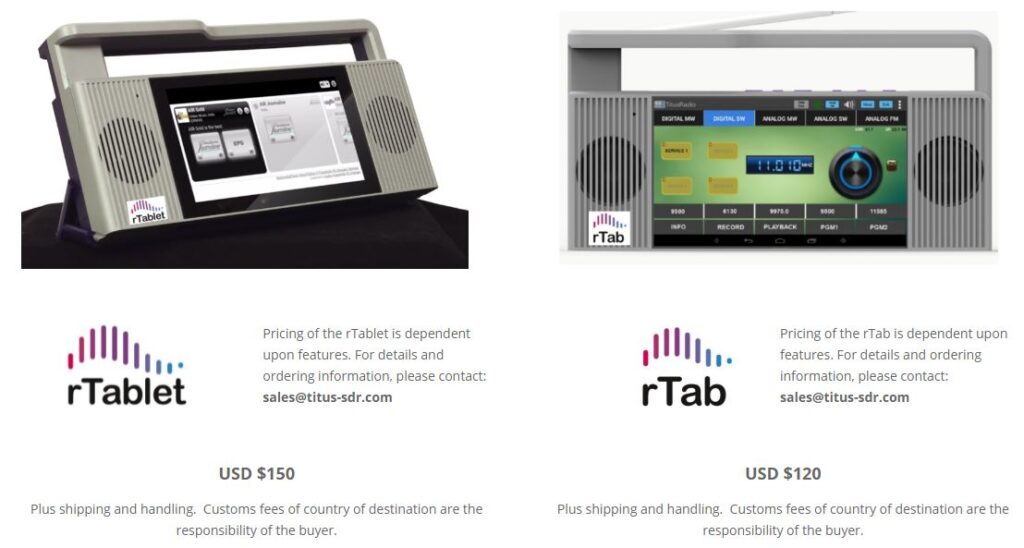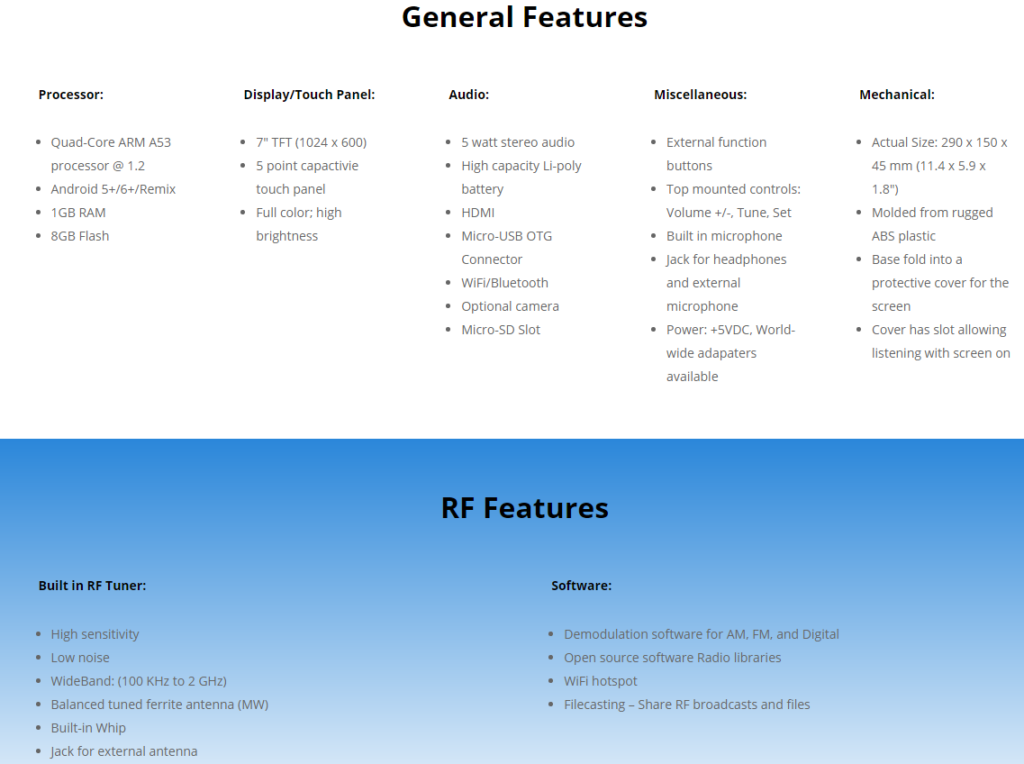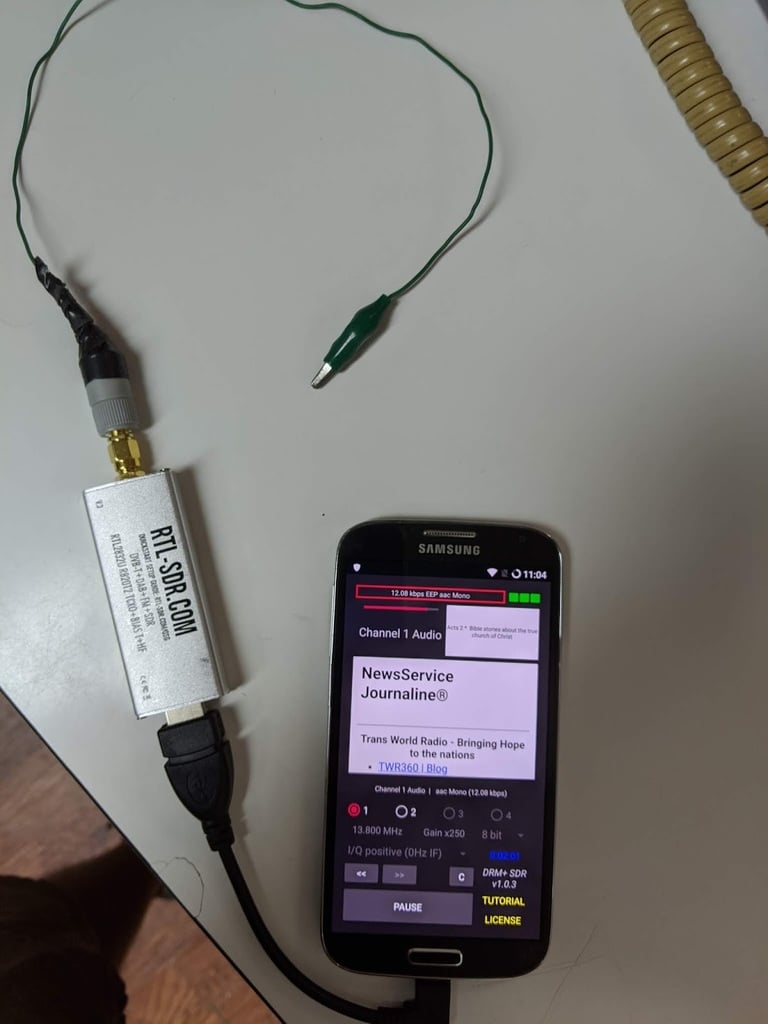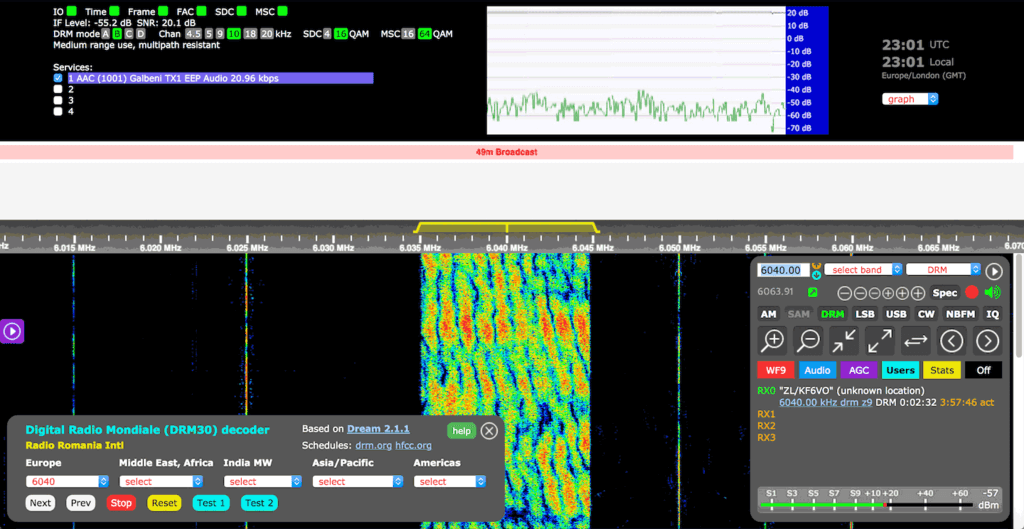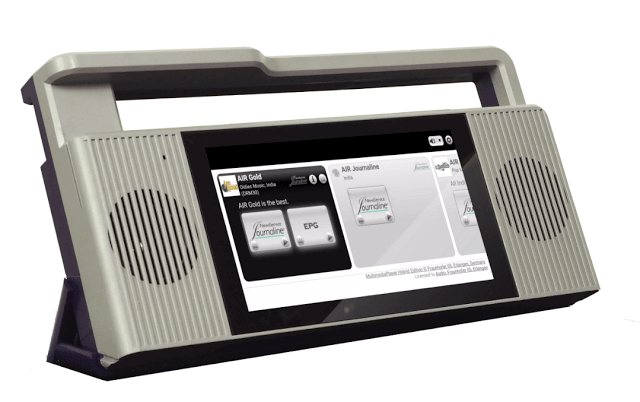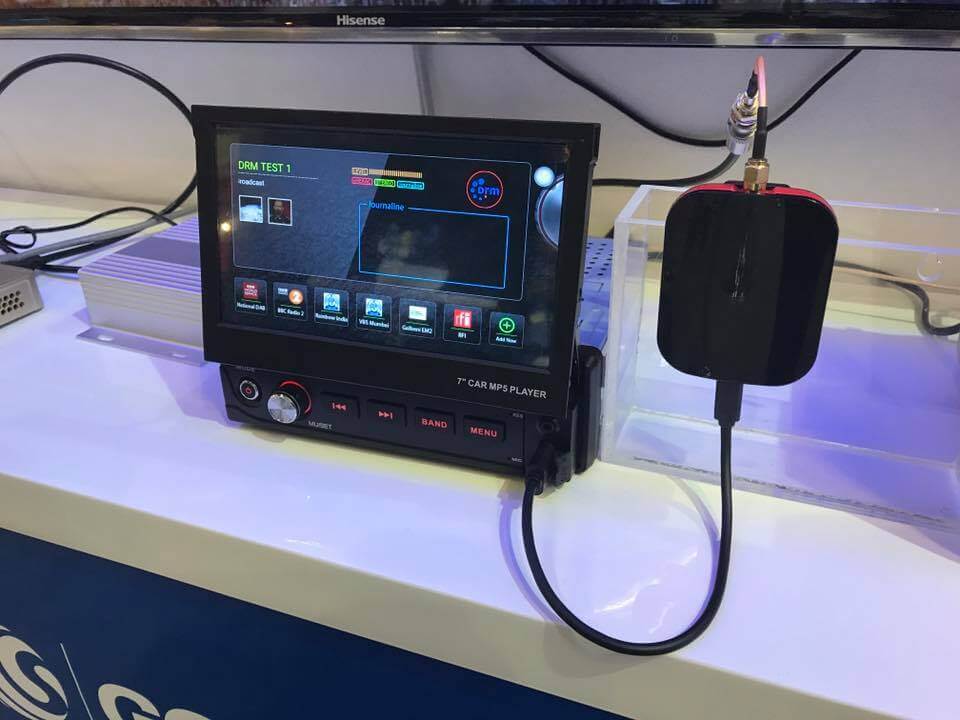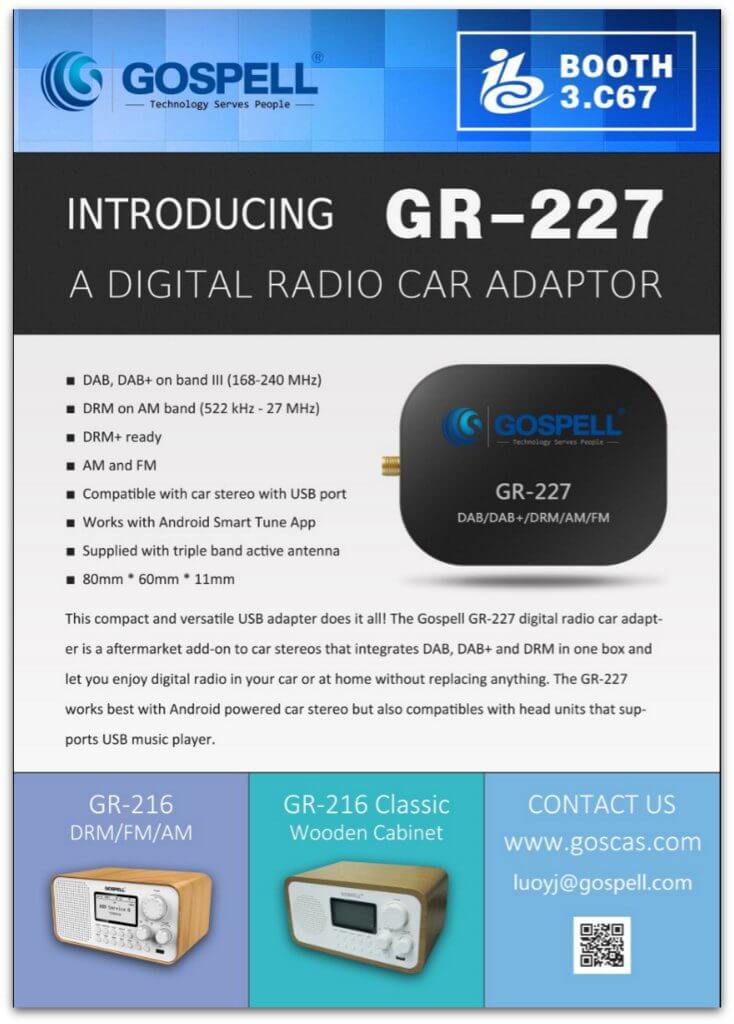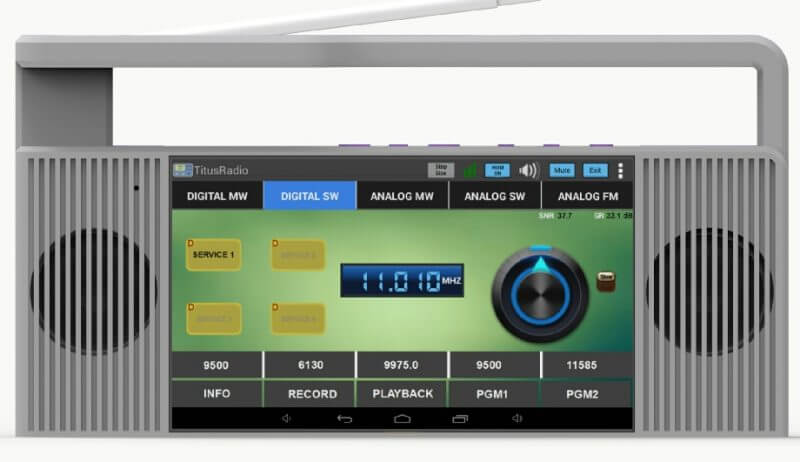Is the Titus II Portable Android Tablet Shortwave SDR Close to Release?
The PatronX Titus II SDR is something we've been posting about several times since 2016, but in the end it was never released and assumed to be vaporware. However, we found that the website for the Titus II SDR was updated only a few weeks ago, and pricing details have been added advertising $120 and $150 for two versions of the product. But on the new website there is no store, just an email link to contact sales for ordering information. We contacted that email two weeks ago for more information but have not received a reply back yet.
The PantronX Titus II was advertised to be a portable Android tablet based SDR that would feature a 100 kHz - 2 GHz tuning range, and software that focuses on HF digital DRM decoding, as well as DAB on VHF. Computer rendered images show the tablet housed in a portable carry enclosure with two speakers. Their new website writes:
The design of rTablet / rTab defined radio receiver started in 2014. It soon became evident that electronic products available on the market could not be modified to incorporate the advanced features requested by potential buyers. This initiated the process of the innovative design of the Titus SDR (Software Defined Radio) unit. The engineering team started with a general purpose computer unit and embedding it in a broadband radio receiver module.
All types of applications, including RF software, could be installed. For example, DRM capabilities could be added as DRM is an open source. Dream Linux app was converted to run under Android mobile operating system.
The Titus rTablet / rTab being introduced to the market, is a low cost, high performance platform with many RF and PC factory installed applications.
Key feature of rTablet / rTab is the compatibility with analog (SW, AM, FM) and digital standards (DRM, DRM+, DAB, DAB+, HD). Consequently the market of rTablet / rTab is global.
The updated website with pricing and an ordering email makes us think that it might be finally on the way, but the lack of email reply is concerning. If anyone has any further information about the rTab/Titus II please be sure to share with us in the comments!
